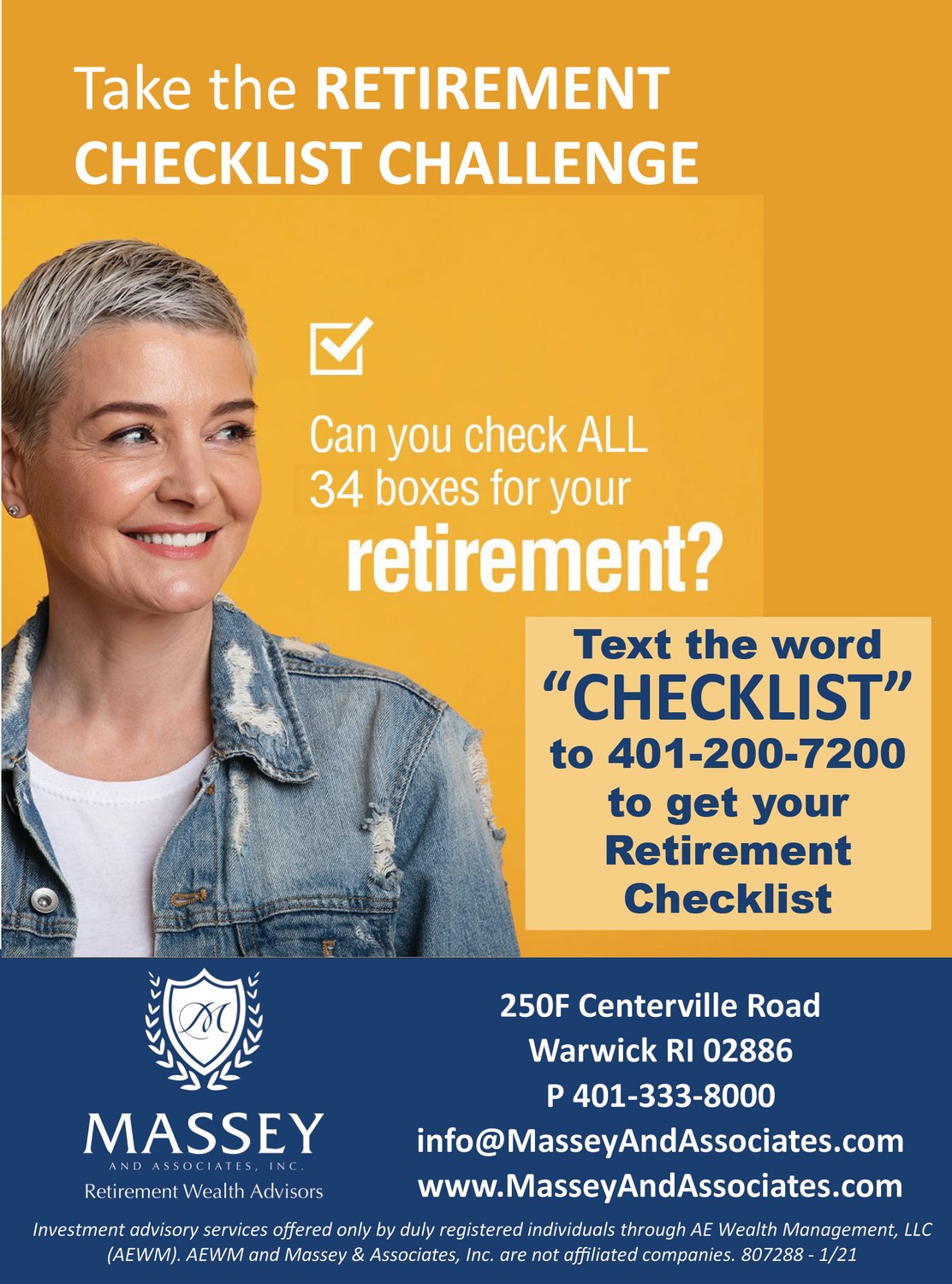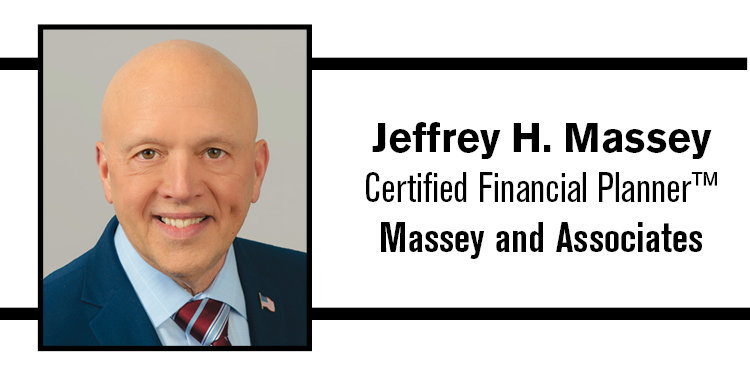Checklist for Retirement
Part I

As I have mentioned on my weekly radio show, I like checklists! Especially if I am working on a project at home, and I must run to the hardware store to pick up some items needed for the project.
Checklists are often good reminders for us all and a retirement checklist may help you stay on track and achieve your retirement goals. Why not be prepared as best you can for your retirement? After all, it’s a pretty important time of your life! One that you’ve worked so hard, for so many years to achieve – so why not plan for it and make your retirement one to enjoy?
Sometimes life gets busy and retirement planning might not start as early as it could or should have. It’s never too late to get started, so let’s look at a quick retirement planning checklist to help you along the way.
Lifestyle Expenses: We believe that one of the best ways to plan for retirement is to start by determining your current lifestyle expense.
A simple way to do this is to look at your current monthly lifestyle expenses and, depending on how many years you are from retirement, making adjustments and estimating how they may change in retirement. For example, will your house be paid off when you retire so your expenses will no longer include a mortgage payment for principal and interest? Have you factored expenses for future inflation, especially given today’s high inflation rate?
We offer a one-page Income Gap Assessment worksheet that can help you determine your annual lifestyle expense. Simply go to your monthly checking account statement and record on the Income Gap Assessment worksheet the total dollar amount that left your checking account for each month.
It is important to do a 12-month cycle to ensure capturing any annual expenses. Also, you should deduct any “one-time” expenses, and we encourage clients to include annual travel/vacation amounts to help budget for an enjoyable retirement. Most of our clients tell us this takes about 15 to 20 minutes to complete.
Determine how to take advantage of the many ways to save for retirement: There are many retirement savings vehicles to choose from to save for retirement. There are workplace retirement savings programs such as 403bs (for non-profits), 457s (for state or municipal employees), and 401K’s (for public and private companies). One of the cornerstones of retirement planning is determining how much money to save and where to save it. Workplace retirement plans, such as those listed above, allow elective deferral amounts for the 2022 tax year of $20,500, if you are under age 50 and $27,000 if you are age 50 or over.
If you or your spouse don’t have a workplace retirement plan, you may open an Individual Retirement Arrangement (IRA) for each of you (even if only one is working) depending on income amounts and tax filing status. IRA contribution limits for 2022 are $6,000 if you are under age 50 and $7,000 if you are age 50 and over.
Another very important item in your retirement planning is your healthcare coverage.
Determine and evaluate your options for healthcare including individual and family needs, level of care you can afford and where it will come from. Will your employer provide health insurance during your retirement years? Do you have Tri-care for military retirees or the Veteran Administration Medical Center, or will you go onto Medicare with an Advantage or supplemental plan?
Oftentimes, having to wait until age 65 when Medicare health insurance benefits are available is one of the more important determining factors as to when to retire. To help alleviate this crunch, it may be very helpful to fund Health Savings Accounts (HSA’s) (if available) over the preceding years before retirement to help bridge the health insurance gap until Medicare eligibility at age 65. HSA individual coverage contribution limits are $3,650 and family coverage contribution limits are $7,300 for 2022. Also, there is a $1,000 “catch up” if you are over age 55. There are specific requirements for eligibility for a Health Savings Account, so check with your employer’s human resources department for the details.
Stay tuned next month for Part II of the Checklist for Retirement! Planning for your retirement is very important, so consider working with a professional advisor, preferably a CERTIFIED FINANCIAL PLANNER™ Professional. You can find a local CFP® by going to www.cfp.net and click on the “find a CFP® professional” button in the upper right corner.
For more information contact Massey And Associates, Inc., Retirement Wealth Advisors at (401) 333-8000 and www.MasseyAndAssociates.com. The office is located at 250F Centerville Road in Warwick, RI.
Investment advisory services made available through AE Wealth Management, LLC (AEWM). AEWM and Massey & Associates, Inc are not affiliated companies. Neither the firm nor its agents or representatives may give tax or legal advice. Individuals should consult with a qualified professional for guidance before making any purchasing decisions. Certified Financial Planner Board of Standards, Inc. (CFP Board) owns the certification marks CFP®, CERTIFIED FINANCIAL PLANNER™, and CFP® in the U.S., which it authorizes use of by individuals who successfully complete CFP Board’s initial and ongoing certification requirements. Investing involves risk, including the potential loss of principle. 1462530 – 08/22







